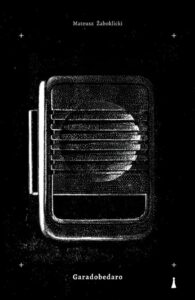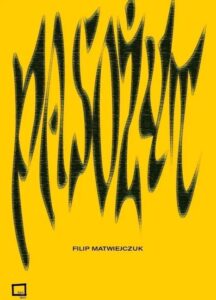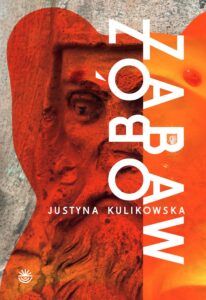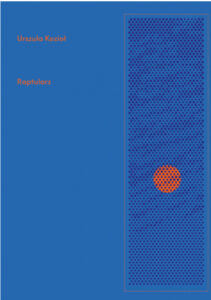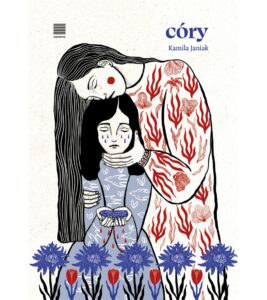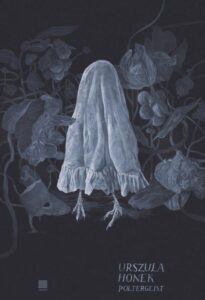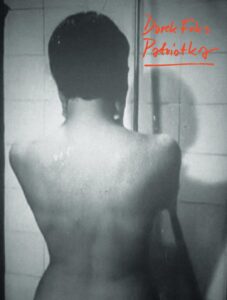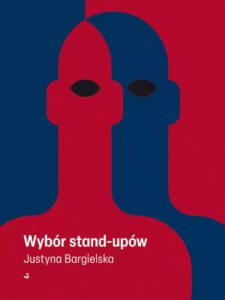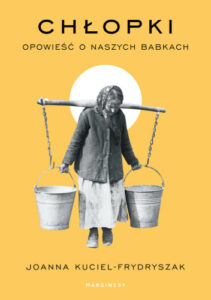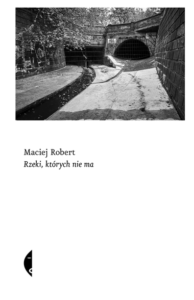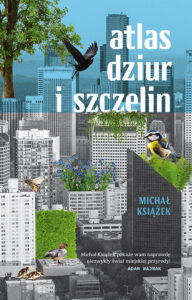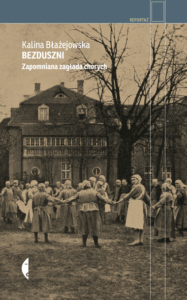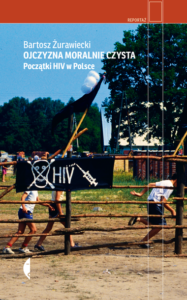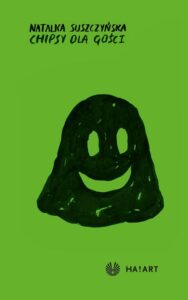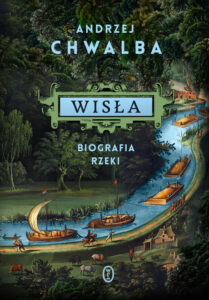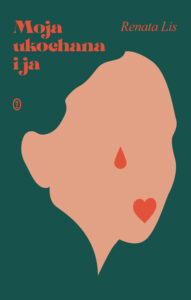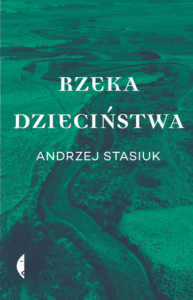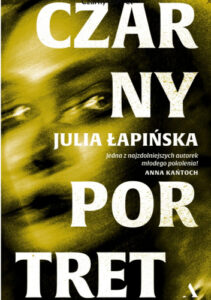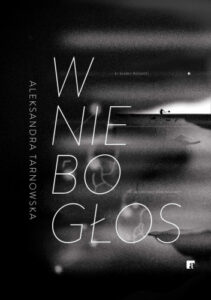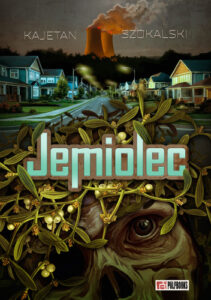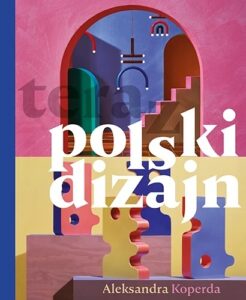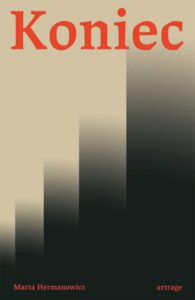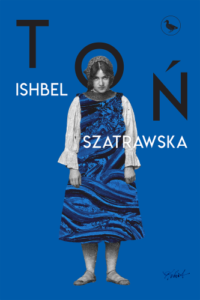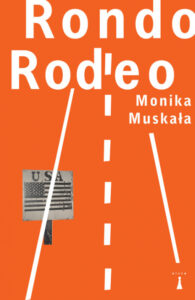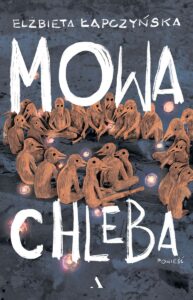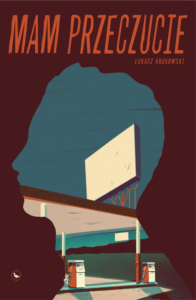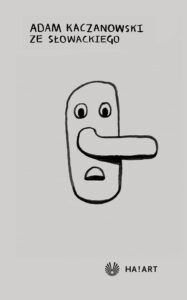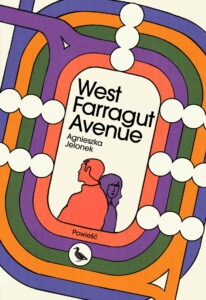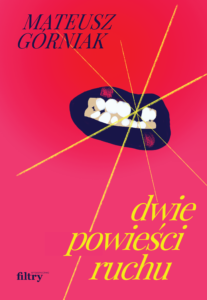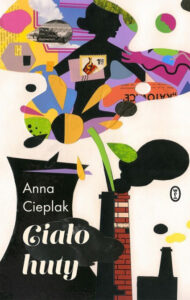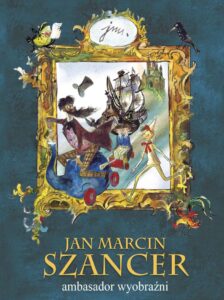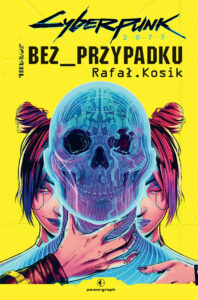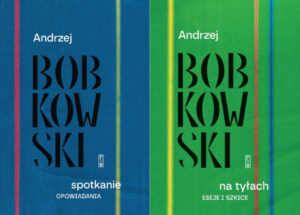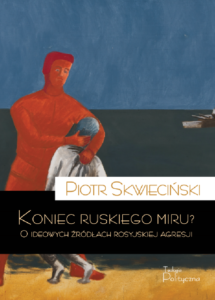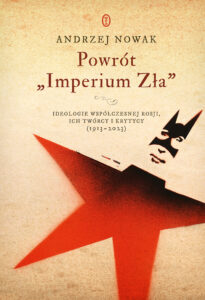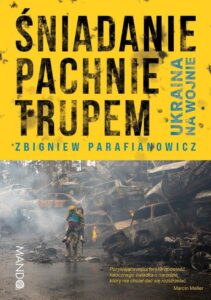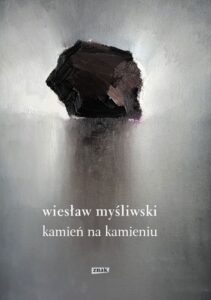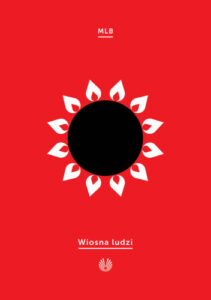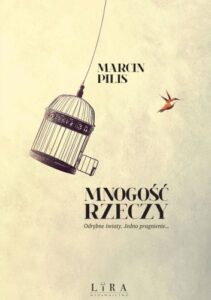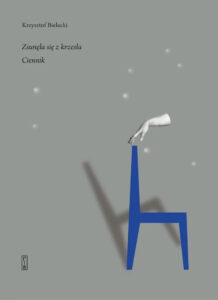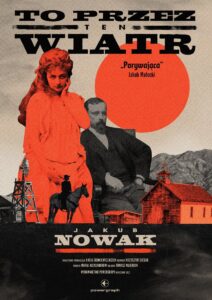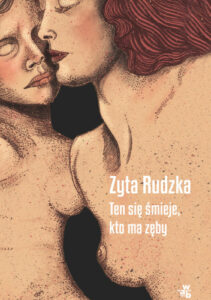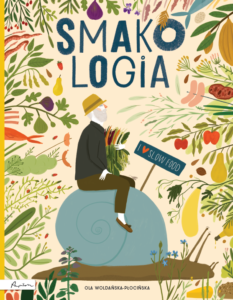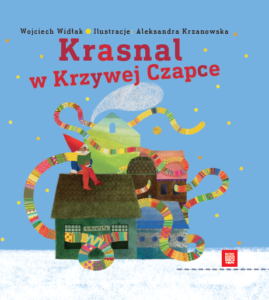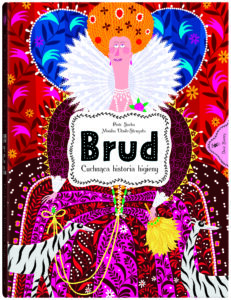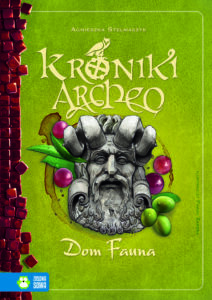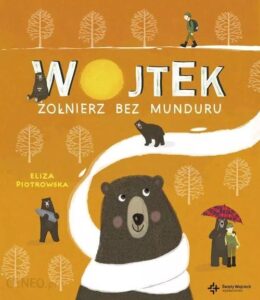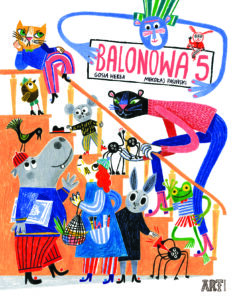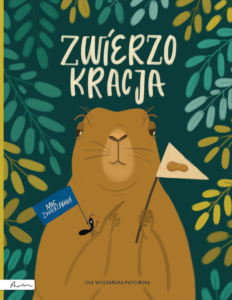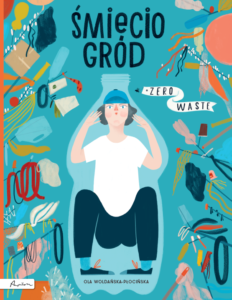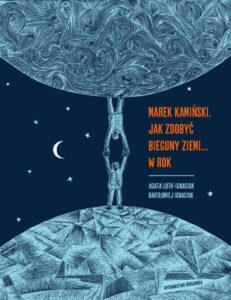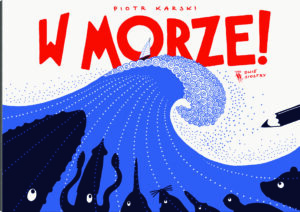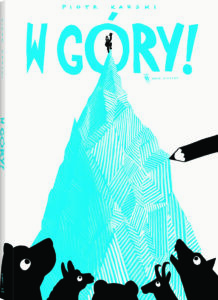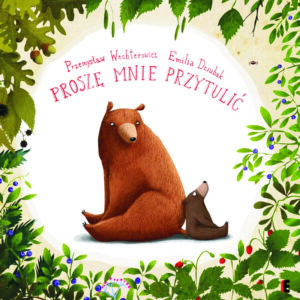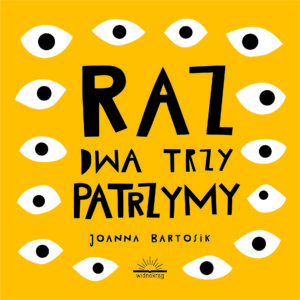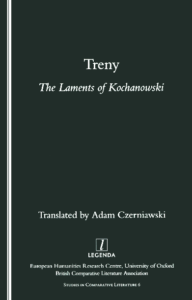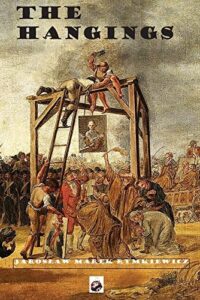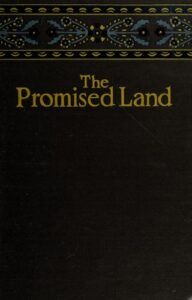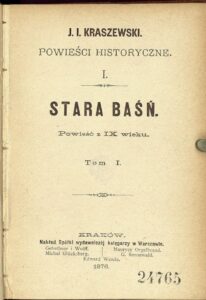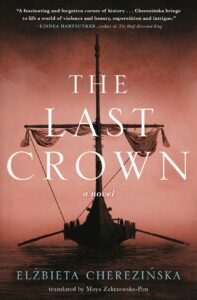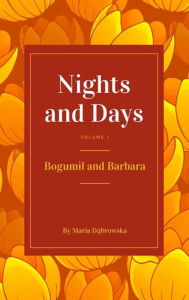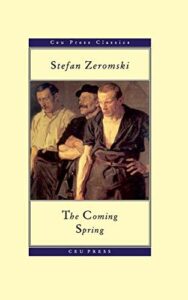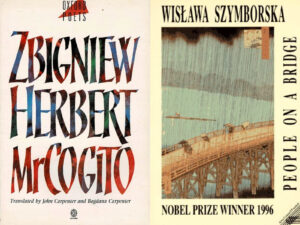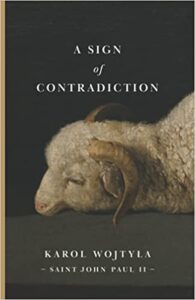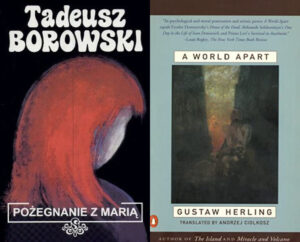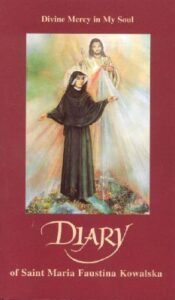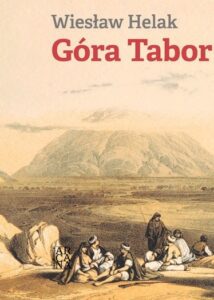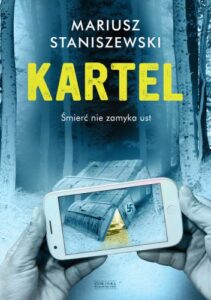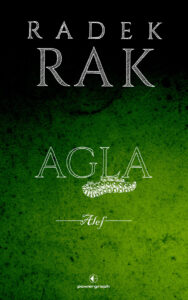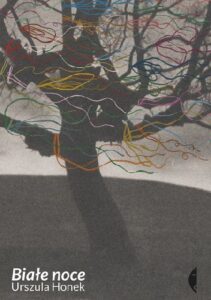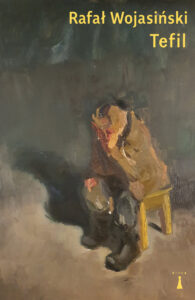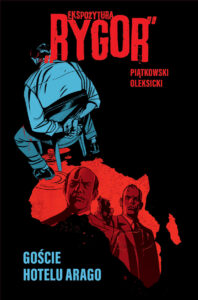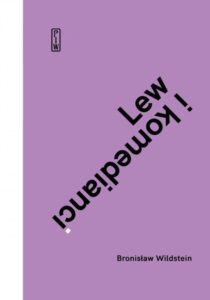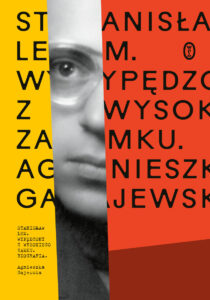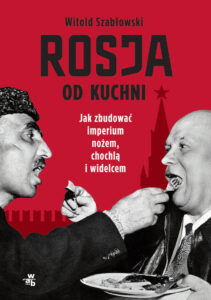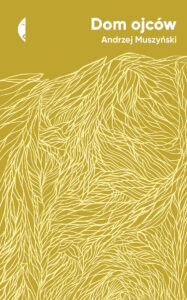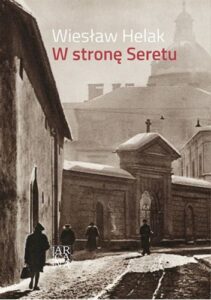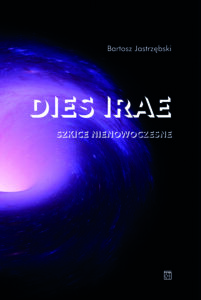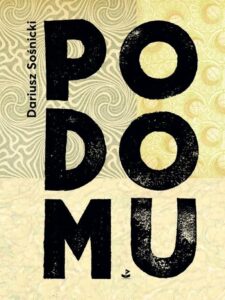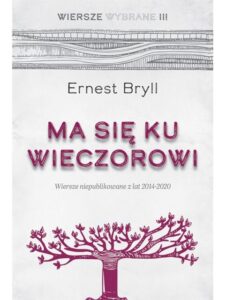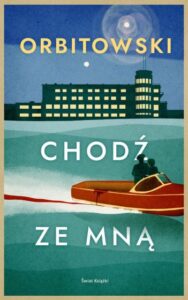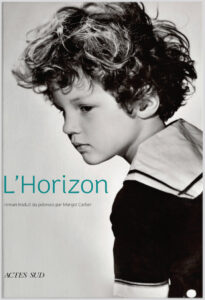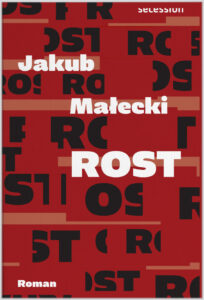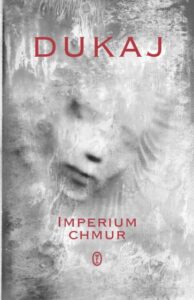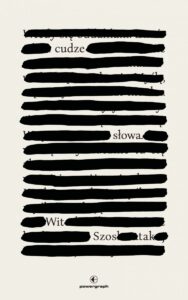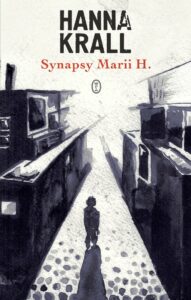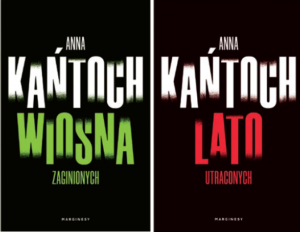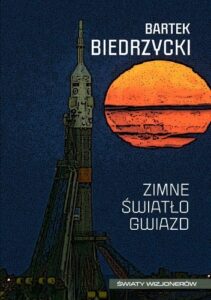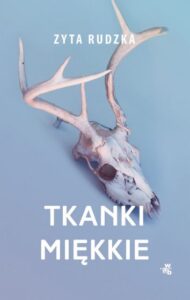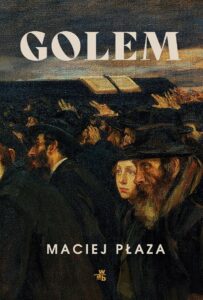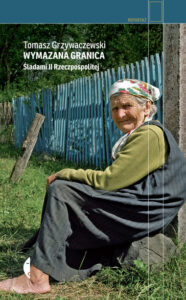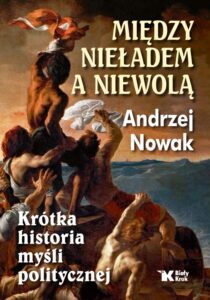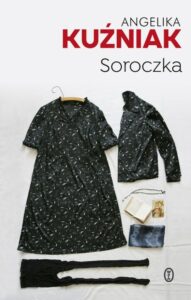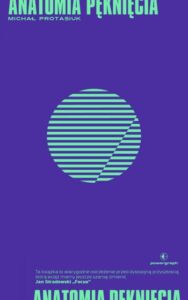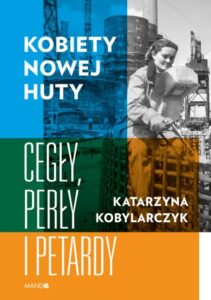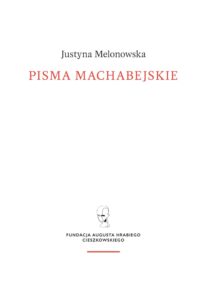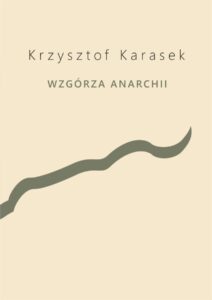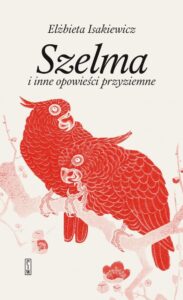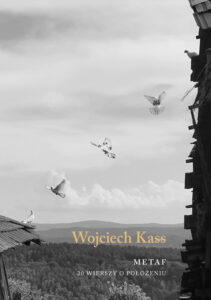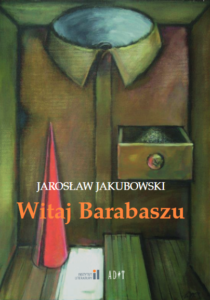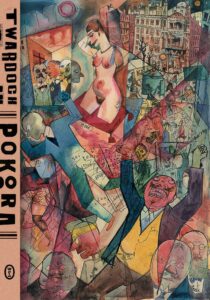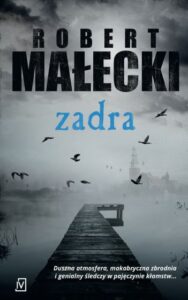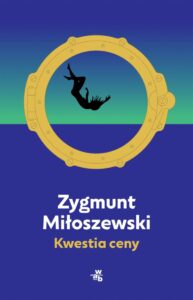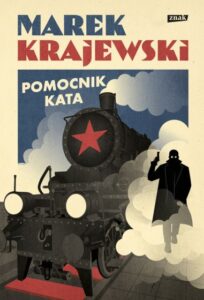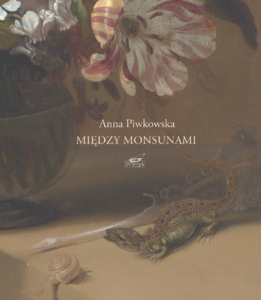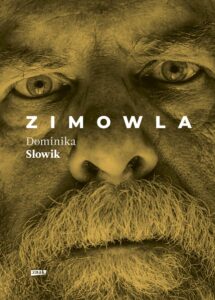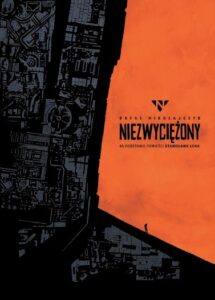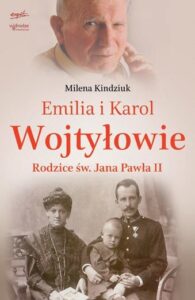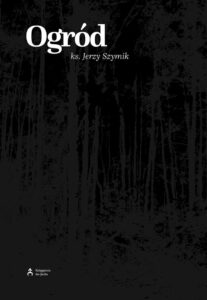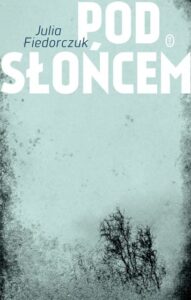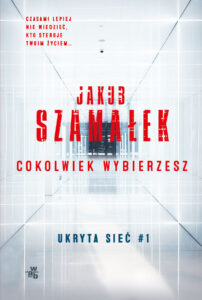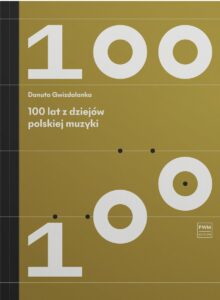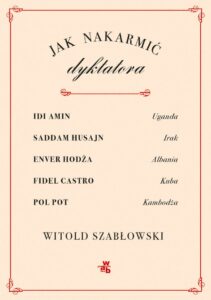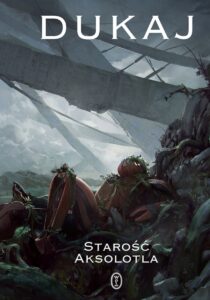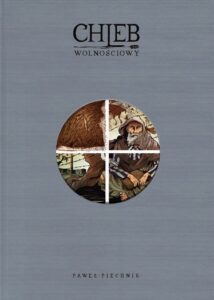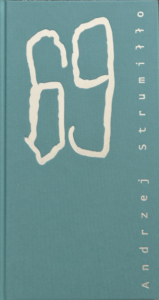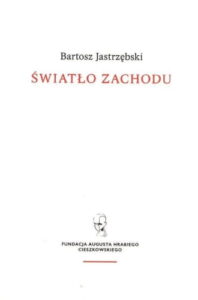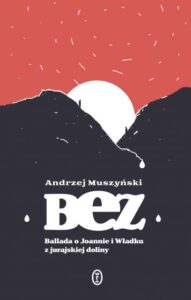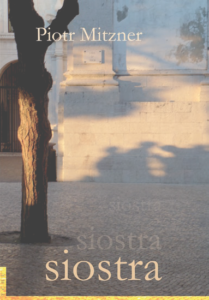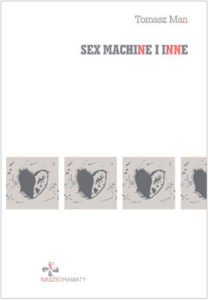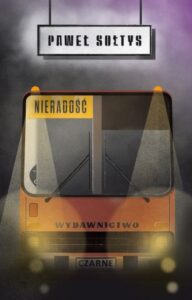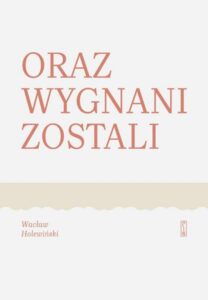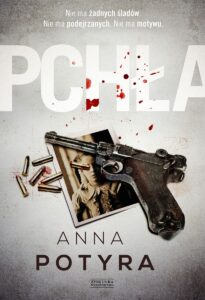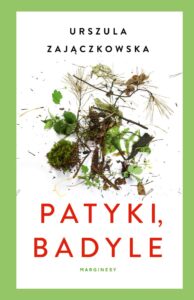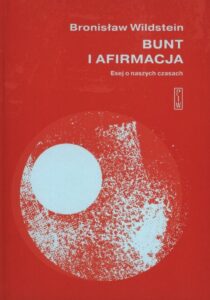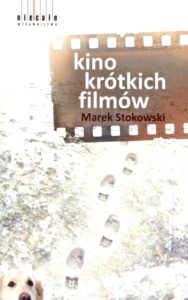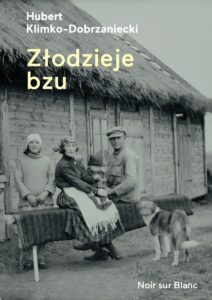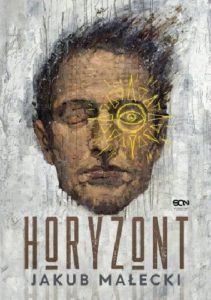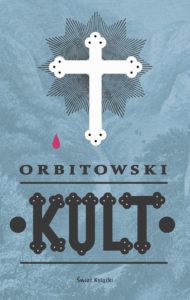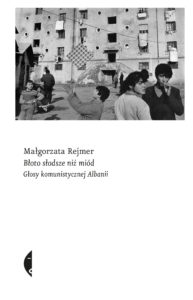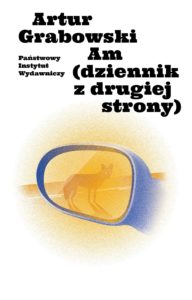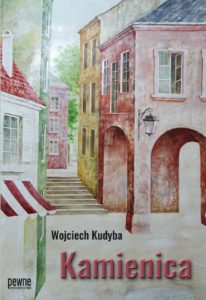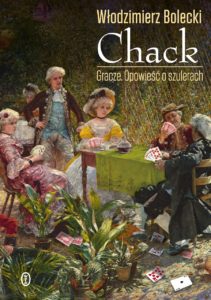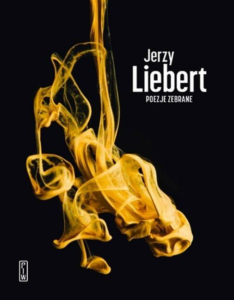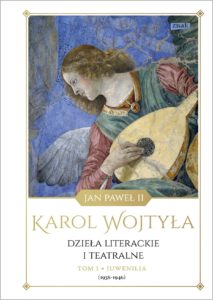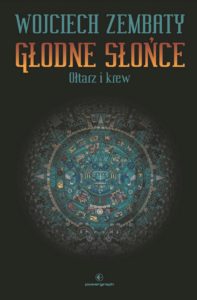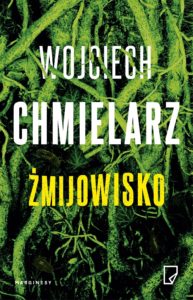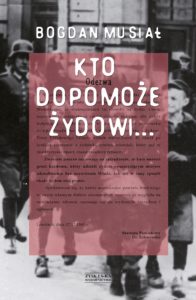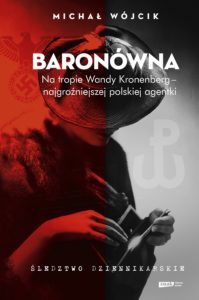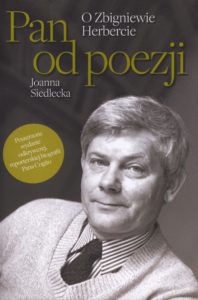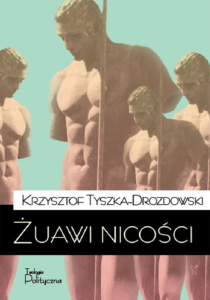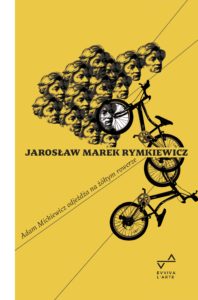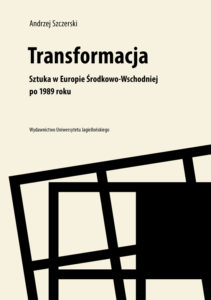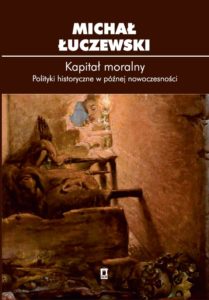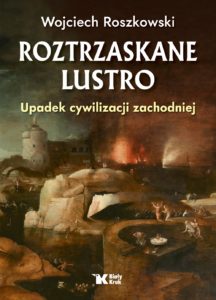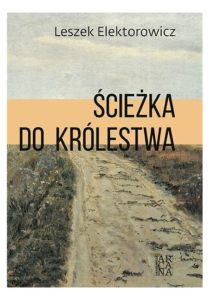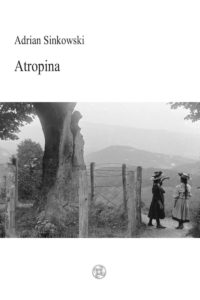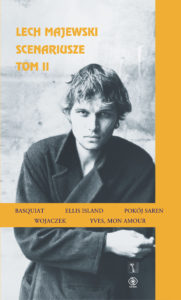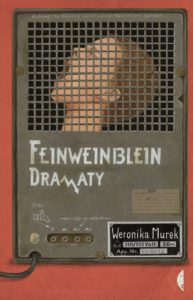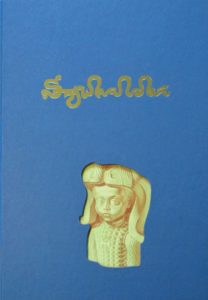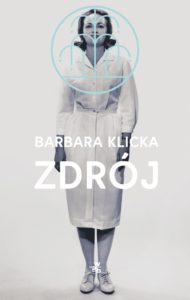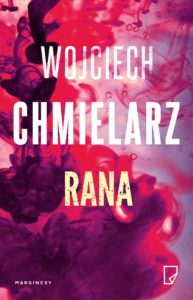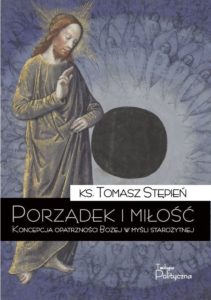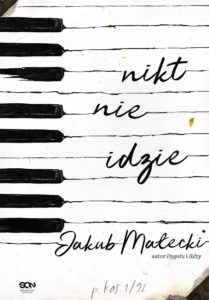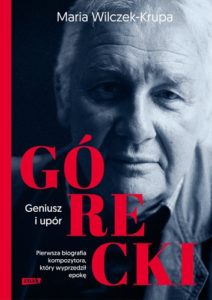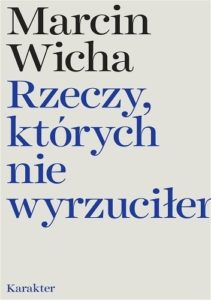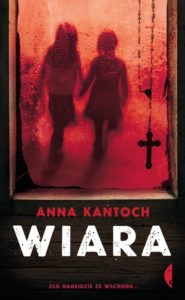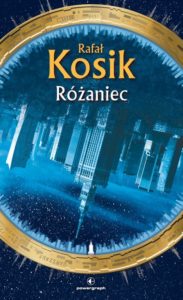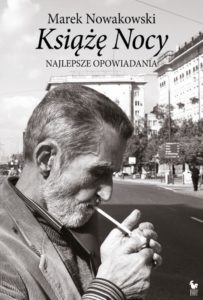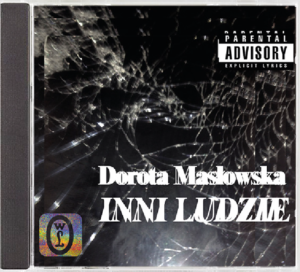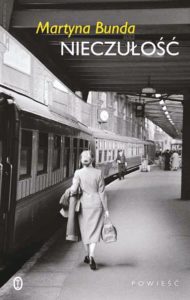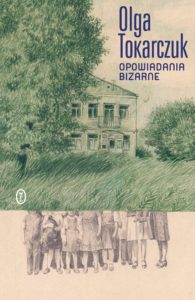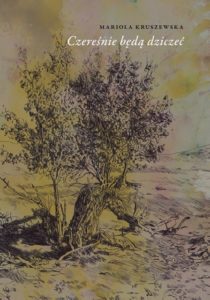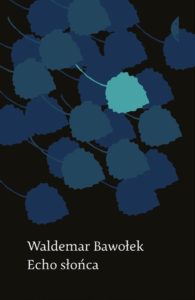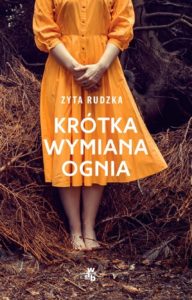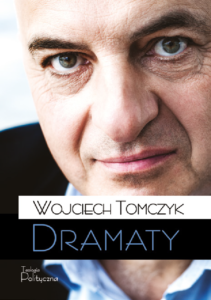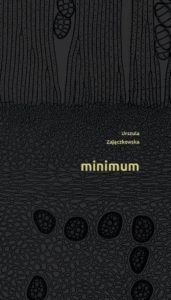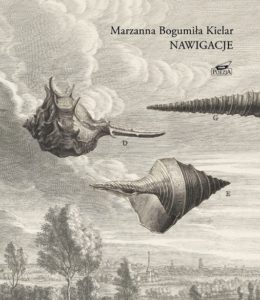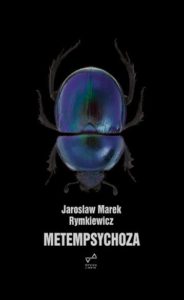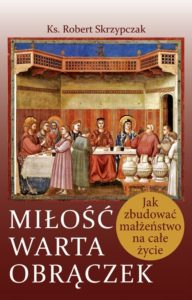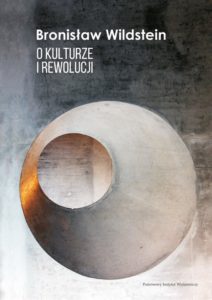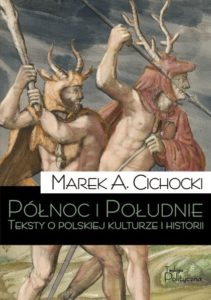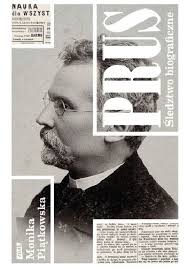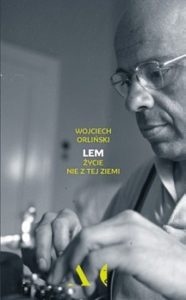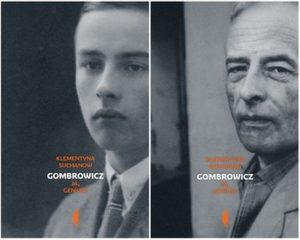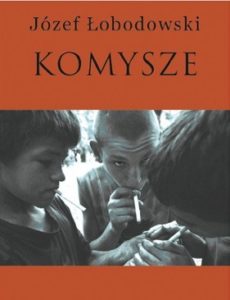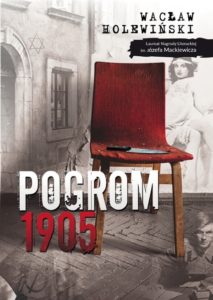A comprehensive study of Poland’s ceramics design renaissance in the 1950s and ‘60s

Wanda Telakowska was a remarkable figure who, through her tireless efforts, organizational prowess, and sheer determination, put forth a vision for the future course of Polish design. She began this work as early as 1945 in newly-liberated Warsaw. That March, she accepted a post on the Ministry of Art and Culture’s Planning Commission for the Department of Fine Arts. ‘The ministry was odd back then,’ recalls Bohdan Tadeusz Urbanowicz. ‘It operated without decrees, directives, or bureaucratic formalities. […] The finest musicians, painters and writers were involved. We cannot really call it a bureau – it was more like a club of intellectuals.’ Telakowska swiftly recruited collaborators who shared her views and fervent enthusiasm. Most of them were graduates of the Warsaw Fine Arts Academy, such as Maria Skoczylas- Urbanowicz, Anna Śledziewska and Maria Stieber. They shared Telakowska’s interest in vernacular folklore as a wellspring of inspiration for artists adapting design to serve the needs of modern industry. This was the direction they envisioned for an artisan renaissance in Poland.
In June of 1945, Telakowska presented the Planning Commission’s concept and vision for reforming Polish arts education and for the new social role of artists. The presentation took place at the 1st Polish Congress of the Arts Education Council in Wilanów. The programmatic opening proceedings prompted no official outrage. However, some months later in Krakow, at the 1st Polish Congress of the Polish Artists Union (ZPAP), a speech by Telakowska was fiercely attacked by the local artists community. Her speech was an appeal to abolish the archaic division between “pure” and “utilitarian” art. She called for bringing art into citizens’ daily lives and urged artists to be “stewards” and pioneers by transforming the aesthetics of handmade and industrial products.
In her memoir, Telakowska recalls: ‘After my speech, local authorities took turns barraging me with criticism. They mocked my lack of culture and likened my speech to the ramblings of a seamstress. A great tumult followed, and when my friend from Warsaw, Stanisław Zamecznik, boldly praised my speech for its profound social implications, they ejected him from the hall in a most vulgar manner. In the end, it was decided by a nearly unanimous vote that my speech could not be published, for it jeopardised the interests of artists. Unfortunately, Vice-Minister Kruczkowski was so shocked by this coordinated attack that he failed to come to my defence.’
Wanda Telakowska was born in 1905 in Sosnowiec and died in 1987 in Warsaw. From 1923 to 1931, she studied at the Fine Arts Academy in Warsaw under Edmund Bartłomiejczyk. In the interwar period, she worked mainly in graphic design and drew high acclaim, receiving gold medals at the Graphic Arts Exhibition in Florence in 1923 and the International Exposition of Art and Technology in Modern Life in Paris in 1937. She was part of Warsaw’s bohemian art scene and rubbed shoulders with people like Julian Tuwim, Antoni Słonimski and Jarosław Iwaszkiewicz. She was also active in public service and worked as a school inspector for the arts. During the occupation, she pitched in as a teacher in underground schools. Beginning in 1945, she helped to build new public institutions that would shape and facilitate the campaign to bring designers into closer contact with industry.
Excerpt translated by Eliza Rose
A comprehensive study of Poland’s ceramics design renaissance in the 1950s and ‘60s

Translation rights: Marginesy, k.rudzka@marginesy.com.pl
Poland’s remarkably rich design tradition has yet to receive due attention. Barbara Banaś has begun to correct this with her comprehensive study of Poland’s ceramics renaissance in the 1950s and ‘60s. The effects of this burst of creativity are still visible today. Banaś showcases signature pieces of ceramics, faience and stoneware. She analyses their style and reconstructs their underlying working conditions and production methods. She has collected artists’ reminiscences and surveyed the relevant literature. She has worked on this subject for twenty years as a curator at the National Museum in Wrocław. Banaś herself is a great enthusiast and collector of period ceramics.
The “new Polish look” was hardly a monolithic trend. The book features seminal and experimental pieces now enshrined in the Polish design canon alongside works produced in bulk for clients seeking a more “conservative modernism.” Banaś takes an interest in decorative objects like figurines, vases, bowls and ornamental plates. Artists working in this field enjoyed great freedom to employ diverse styles. Despite being mass-produced, due to the value and durability of their material and the talented artists involved, these objects were treasured for their ability to impart a modernist mood to the sparsely furnished apartments of the period.
Certain signature features emerge to define this moment in ceramics: asymmetry, soft sculptural forms, abstract patterns and bold juxtapositions of colour. This aesthetics, in part, reflected influences from global art. Compared to their predecessors, the generation of designers graduating from art school in the mid-1950s had starkly different aesthetic proclivities. This was more than a simple stylistic shift, for it suggested a new and more liberated way of reacting to official propaganda and its models of living. The younger generation yearned to break free from their parents’ wartime trauma and to revel in the joy of life. Ceramics, just like furniture, fashion and textile design, expressed those urges.
Czesława Frejlich
Translated by Eliza Rose
Selected samples
She climbed her first peaks in a headscarf at a time when women in the mountains were treated by climbers as an additional backpack. It was with her that female alpinism began! She gained recognition in a spectacular way. The path was considered a crossing for madmen. Especially since the tragic accident in 1929, preserved … Continue reading “Halina”
First, Marysia, a student of an exclusive private school in Warsaw’s Mokotów district, dies under the wheels of a train. Her teacher, Elżbieta, tries to find out what really happened. She starts a private investigation only soon to perish herself. But her body disappears, and the only people who have seen anything are Gniewomir, a … Continue reading “Wound”
A young girl, Regina Wieczorek, was found dead on the beach. She was nineteen years old and had no enemies. Fortunately, the culprit was quickly found. At least, that’s what the militia think. Meanwhile, one day in November, Jan Kowalski appears at the police station. He claims to have killed not only Regina but also … Continue reading “Penance”
The year is 1922. A dangerous time of breakthrough. In the Eastern Borderlands of the Republic of Poland, Bolshevik gangs sow terror, leaving behind the corpses of men and disgraced women. A ruthless secret intelligence race takes place between the Lviv-Warsaw-Free City of Gdańsk line. Lviv investigator Edward Popielski, called Łysy (“Hairless”), receives an offer … Continue reading “A Girl with Four Fingers”
This question is closely related to the next one, namely: if any goal exists, does life lead us to that goal in an orderly manner? In other words, is everything that happens to us just a set of chaotic events that, combined together, do not form a whole? To understand how the concept of providence … Continue reading “Order and Love”
The work of Józef Łobodowski (1909-1988) – a remarkable poet, prose writer, and translator, who spent most of his life in exile – is slowly being revived in Poland. Łobodowski’s brilliant three- volume novel, composed on an epic scale, concerns the fate of families and orphans unmoored by the Bolshevik Revolution and civil war and … Continue reading “Ukrainian Trilogy: Thickets, The Settlement, The Way Back”
